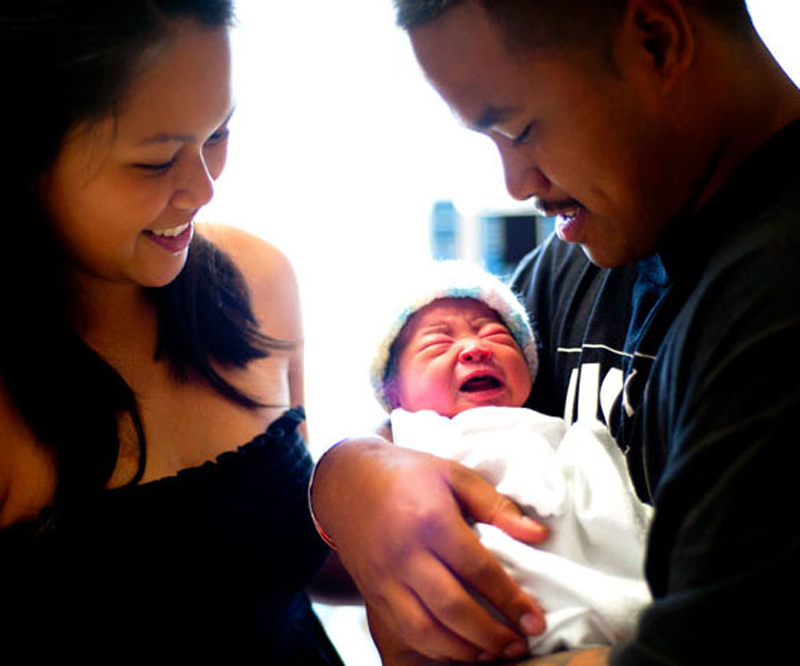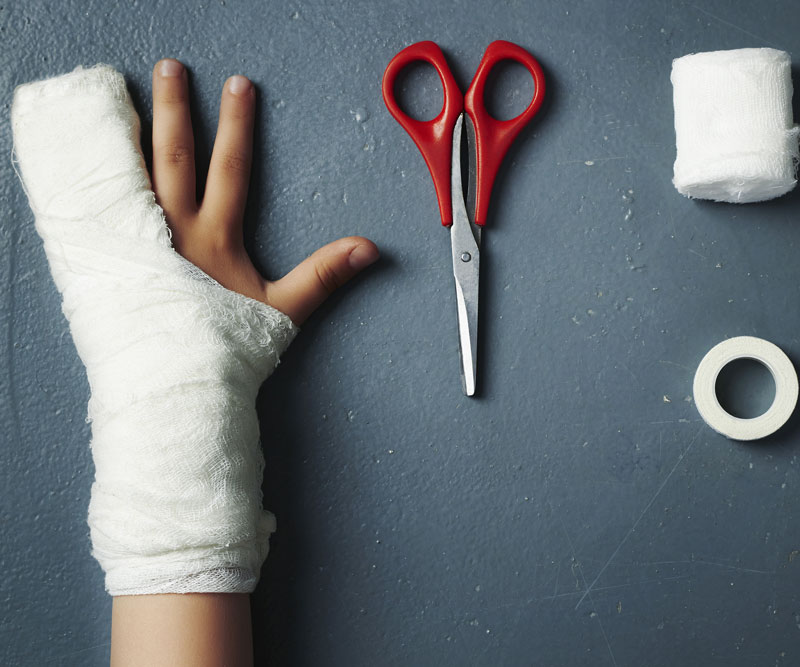
Make Sleep Time a Safe Time for Baby
Parents do all they can to keep their newborn safe every waking minute of the day, but what about when baby sleeps?
SIDS, or sudden infant death syndrome, is when a baby younger than the age of 1 passes away suddenly and without explanation.
Sudden unexpected infant death, or SUID, is when an infant death occurs unexpectedly from a known cause, such as suffocation, entrapment or strangulation, or from an unknown cause, such as SIDS.
Half of SUID cases are SIDS, and it remains the leading cause of death in babies 1 month to 1 year in age. Most cases occur between 1 month and 4 months of age.
Although there is no way to prevent SIDS completely, there are proactive steps parents can take to reduce a baby’s risk.
Sleep Positions & Sleep Surfaces Matter
The risk of SIDS is decreased when a baby sleeps on her back rather than being placed on her stomach or side. It is common to think a newborn might choke in this position, but healthy babies naturally swallow or cough up fluids as a reflex, and may actually clear fluids easier while on their backs.
When a baby reaches 4-6 months, she may begin to roll onto her stomach on her own during sleep. This is a natural part of a baby’s development, and there is no need to turn the baby onto her back. What is most essential is that the baby begins every sleep on her back, including during naps and at night.
The surface of a baby’s bed should be firm and covered by a fitted sheet. Keep soft objects and loose bedding out of a baby’s sleep area, including toys, blankets and pillows.
Babies who fall asleep on a soft surface like a couch or adult bed are more likely to pass away from SIDS or suffocation. The best sleep areas for babies include safety-approved cribs, bassinets and portable play areas. Parents can visit the U.S. Consumer Product Safety Commission’s website for information regarding crib safety.
Other tips to help reduce the risk of SIDS include:
- Keep the room temperature a comfortable level, and dress baby in light sleep clothing.
- Moms should remember to place baby back into her own sleeping area after bringing baby into bed to breastfeed.
- Women should see their doctor regularly during pregnancy and not smoke, drink alcohol or use illegal drugs before or after a baby is born.
- Do not expose baby to secondhand smoke.
- Avoid products that claim to reduce the risk of SIDS, including wedges and crib bumpers; don’t depend on at-home heart or breathing monitors to reduce the risk of SIDS.
- It is important for parents to follow their health care provider’s guidance on baby vaccines and regular health checkups.
- Make sure everyone who cares for baby knows the ways to reduce SIDS.
Published on: May 13, 2015




